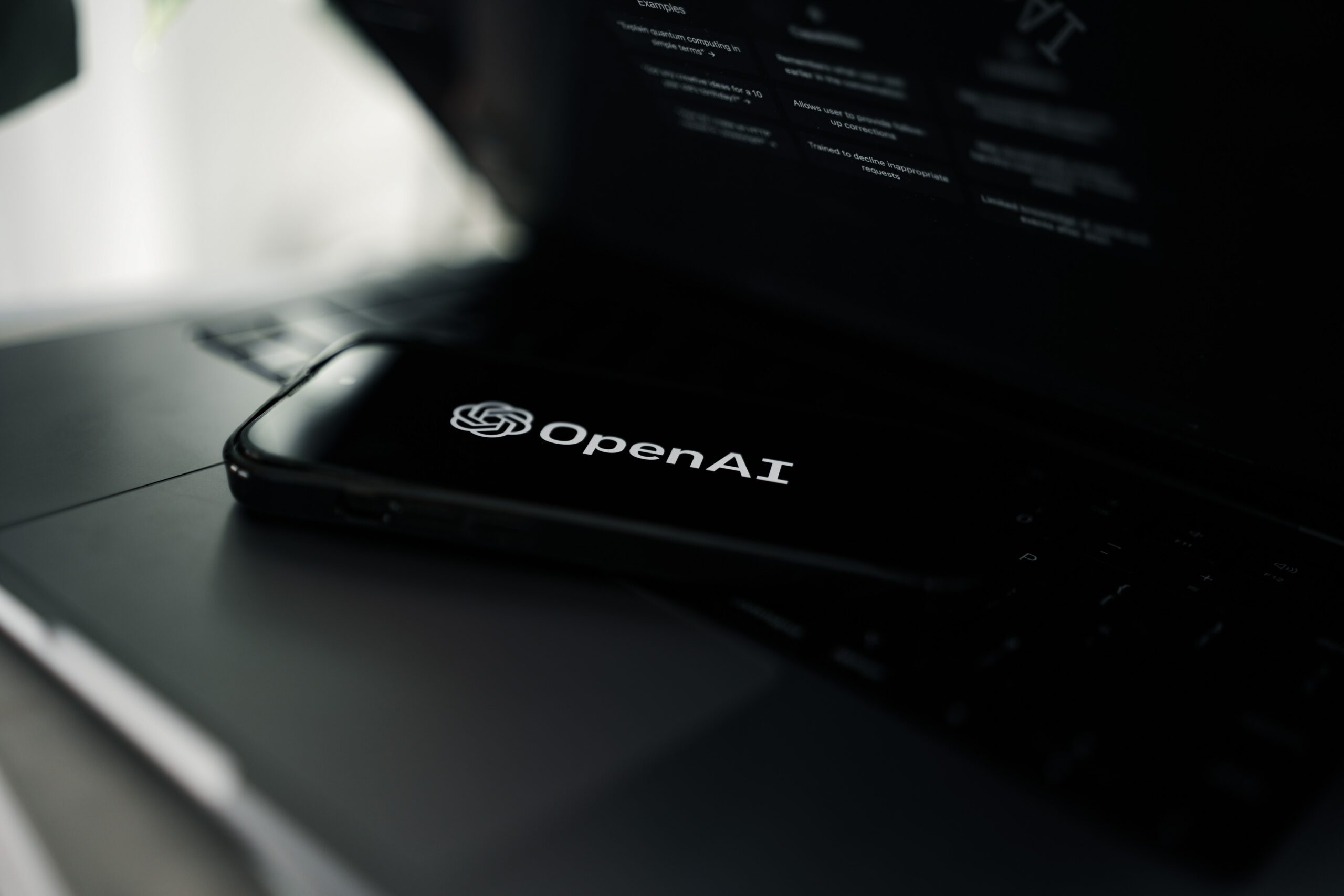Gadget of the Week
AI to do it all – almost
The AI content revolution has entered a new phase as ChatGPT goes commercial, writes ARTHUR GOLDSTUCK.
What is it?
Just two months after the ChatGPT artificial intelligence text generator shook up the world, the content revolution has begun in earnest.
ChatGPT is essentially a chatbot, GPT stands for Generative Pre-trained Transformer, and it was launched on 30 November last year by OpenAI, an AI research laboratory, to allow the public to test it and experiment with it.
More than 100-million people have taken up the offer, and the academic world is in a frenzy: ChatGPT can write papers, reports and responses on demand, often at a level that is indistinguishable from human generated content. And sometimes, it is far better.
It has both dazzled and dismayed with articulate answers and lack of factual accuracy. OpenAI is frank about its flaws: “ChatGPT is not connected to the internet, and it can occasionally produce incorrect answers. It has limited knowledge of world and events after 2021 and may also occasionally produce harmful instructions or biased content…. ChatGPT will occasionally make up facts or ‘hallucinate’ outputs.”
As OpenAI puts it, the language models used by ChatGPT were “trained on vast amounts of data from the internet written by humans, including conversations, so the responses it provides may sound human-like. It is important to keep in mind that this is a direct result of the system’s design and that such outputs may be inaccurate, untruthful, and otherwise misleading at times.”
Some of that that may soon change, At the beginning of February, users were greeted with the message: “We’ve upgraded the ChatGPT model with improved factuality and mathematical capabilities.”
And this week, it finally went commercial. OpenAI launched ChatGPT Plus, a pilot subscription plan that offers availability even when demand is high, faster response speed, and priority access to new features. The cost is $20 a month, and there is a waiting list.
“We’re inviting users in small groups, based on capacity and availability,” says OpenAI. “We are gradually rolling out paid subscriptions to all users, starting with the United States. In the meantime, you can sign up to our waitlist.”
There are several provisos. For one, the content you produce can be accessed by OpenAI.
“As part of our commitment to safe and responsible AI, we may review conversations to improve our systems and to ensure the content complies with our policies and safety requirements,” says the company. In other words, any confidential, private or sensitive information should be kept away from ChatGPT.
However, you do own the output you create with ChatGPT, “including the right to reprint, sell, and merchandise – regardless of whether output was generated through a free or paid plan”.
What does it cost?
Basic version is free. Paid version is $20 a month.
Why should you care?
The AI content wars have begun in earnest. This week Google announced that it would soon release its alternative, called Bard, an “experimental conversational AI service”, which is now accessible to testers ahead of its general release in the coming weeks.
“Bard is a conversational AI service that combines the depth of the world’s information with the power, intelligence, and creativity of our large language models to help deliver answers to inquiries,” Google said. “It uses online information to give new, high-quality responses. Bard can be a creative outlet and a jumping off point for inquiry, allowing users to explain fresh findings from NASA’s James Webb Space Telescope to a 9-year-old, or learn more about the finest strikers in football right now, and then receive workouts to improve your talents.”
Soon, there will be so many text- and image-generating tools, aside from platforms for coding, diagnoses and other uses – we will wonder what hit us. Unless we start experimenting with it now and understand what it can do for us.
What are the biggest negatives?
· Not always accurate.
· Sometimes writes like a 12-year-old (which is still better than many adults).
· Limited to content produced until the end of 2021, making it near useless for new technology or current affairs.
What are the biggest positives?
· Helps create useful frameworks for articles and papers.
· Can take over all basic letter-writing
· Produces content exceptionally quickly. It produced a 600-word test column in two minutes.
* Arthur Goldstuck is founder of World Wide Worx and editor-in-chief of Gadget.co.za. Follow him on Twitter on @art2gee



















